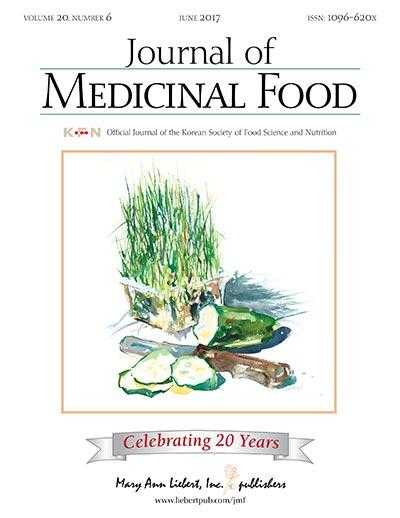NEW ROCHELLE, NY, U.S. – According to new research, coffee’s antioxidant and anti-inflammatory properties are diminished by roasting.
The longer coffee beans are roasted, the less they offer antioxidant and anti-inflammatory benefits.
Researchers compared the caffeine and chlorogenic acid components of coffee beans at different roasting levels and tested the protective antioxidant and anti-inflammatory properties of the different coffee extracts in human cell models.
The results, linking increasing degree of roasting to reduced antioxidant and anti-inflammatory activities, are published in Journal of Medicinal Food, a peer-reviewed journal from Mary Ann Liebert, Inc., publishers.
The article is available free on the Journal of Medicinal Food website until July 19, 2017.
The article entitled “Cellular Antioxidant and Anti-inflammatory Effects of Coffee Extracts with Different Roasting Levels,” is coauthored by Soohan Jung, Korea University, Seoul, Min Hyung Kim, Jae Hee Park, and Kwang Suk Ko, Ewha Womans University, Seoul, and Yoonhwa Jeong, Dankook University, Cheonan, Korea.
The researchers measured the levels of caffeine and chlorogenic acid and evaluated the effects of Coffea arabica green coffee extracts roasted at levels corresponding to Light, Medium, City, and French roast.
Whereas the caffeine levels did not differ greatly between the various roasting levels, the levels of chlorogenic acid did vary and correlated with the differences shown in antioxidant and anti-inflammatory activity.
“When people think of coffee, they often associate the beverage with caffeine. However, coffee beans have many other chemicals that could help fight chronic inflammatory diseases,” says Journal of Medicinal Food Editor-in-Chief Sampath Parthasarathy, MBA, PhD, Florida Hospital Chair in Cardiovascular Sciences and Interim Associate Dean, College of Medicine, University of Central Florida.
“Coffee drinkers are passionate about different roasts – light, medium and dark.
This study suggests that some of the potentially beneficial compounds could be affected by the roasting process.
Mary Ann Liebert















